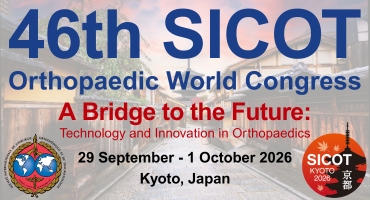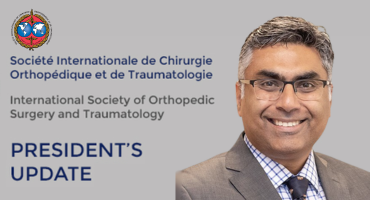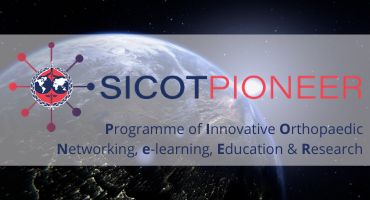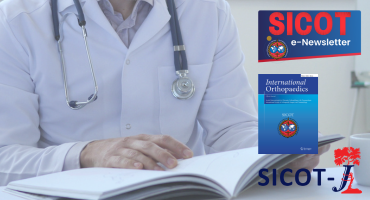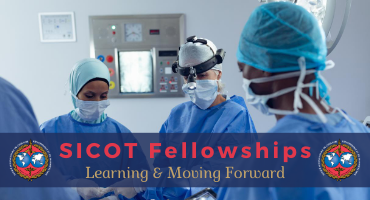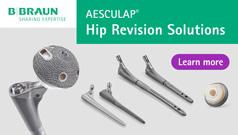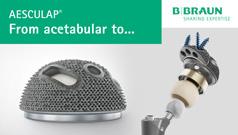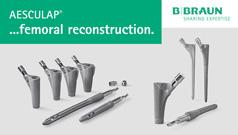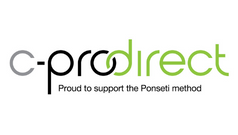J Bone Joint Surg Am. 2025 Nov 21. doi: 10.2106/JBJS.25.00100. Online ahead of print.
ABSTRACT
BACKGROUND: Intra-articular (IA) corticosteroid injections are commonly used for pain relief and improved function in patients with knee osteoarthritis (OA). However, the optimal corticosteroid preparation remains controversial. The aim of this study was to compare the efficacy of single-shot long-acting corticosteroid (betamethasone) and intermediate-acting corticosteroid (triamcinolone acetonide) injections in knee OA.
METHODS: This single-center, double-blinded, randomized controlled trial included 120 patients with symptomatic knee OA who were randomized to receive either a betamethasone (7-mg) or triamcinolone acetonide (40-mg) IA injection and were followed for 6 months. The primary outcomes were the visual analog scale (VAS) pain scores (0 to 100) at rest and during movement at 6 months. The secondary outcomes were the VAS pain during movement, knee flexion angle, modified Western Ontario and McMaster Universities Osteoarthritis Index (WOMAC) score, University of California Los Angeles (UCLA) activity score, Timed Up-and-Go test (TUG), 2-minute walk test (2MWT), and side effects. The analysis focused on between-group comparisons using multilevel regression models.
RESULTS: The study population consisted of 120 Thai individuals. Both the betamethasone and triamcinolone groups demonstrated significant reductions in VAS pain at rest starting from day 1 and lasting for up to 6 months. At 6 months, the between-group mean difference in VAS pain at rest was -1 (95% confidence interval [CI], -11 to 8; p = 0.77), indicating no significant difference. Similarly, at 6 months, no significant between-group differences were observed in VAS pain during movement (-3 [95% CI, -13 to 7]; p = 0.51), flexion angle (6 [95% CI, 1 to 10]; p = 0.20), WOMAC score (-4 [95% CI, -11 to 4]; p = 0.91), UCLA activity score (0 [95% CI, -0.5 to 0.6]; p = 0.46), TUG (-1 second [95% CI, -3 to 1]; p = 0.88), or 2MWT (9 meters [95% CI, -1 to 19]; p = 0.47). Acetaminophen and tramadol use were numerically, but not significantly, lower in the betamethasone group (p > 0.05). No serious adverse events occurred.
CONCLUSIONS: No significant differences were observed between IA betamethasone and triamcinolone acetonide with respect to VAS pain, functional scores, or performance-based outcomes at 6 months.
LEVEL OF EVIDENCE: Therapeutic Level I. See Instructions for Authors for a complete description of levels of evidence.
PMID:41270194 | DOI:10.2106/JBJS.25.00100






